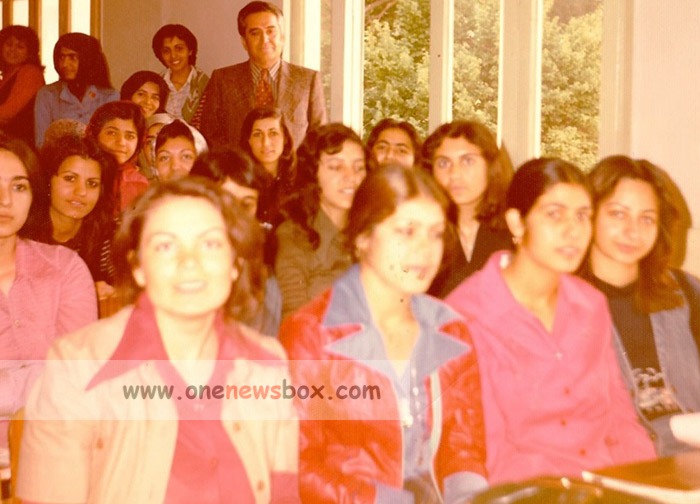The influx of oil wealth enabled the Shah to pursue ambitious development projects, modernizing infrastructure, expanding urban centers, and investing in industrialization. However, these policies had unintended consequences. Iran’s agricultural sector suffered due to rapid urbanization and population growth, leading to increased food imports. By 1967, Iran was no longer self-sufficient in food production. Additionally, American economic aid to Iran ended in 1967, marking a shift in U.S.-Iran relations.
Despite these economic successes, the Shah’s critics continued to highlight his government’s shortcomings. Opponents argued that the economic growth only benefited the elite and that the Shah remained subservient to American interests. Some opposition members claimed that the Shah’s actions within OPEC were designed to benefit the United States at the expense of Europe and Japan. The issue of political prisoners also became a focal point of criticism. While opposition groups alleged that tens of thousands of political prisoners were held in Iran, estimates suggest that the actual number was closer to 4,000, with around 1,500 political deaths occurring over the Shah’s 37-year rule.

